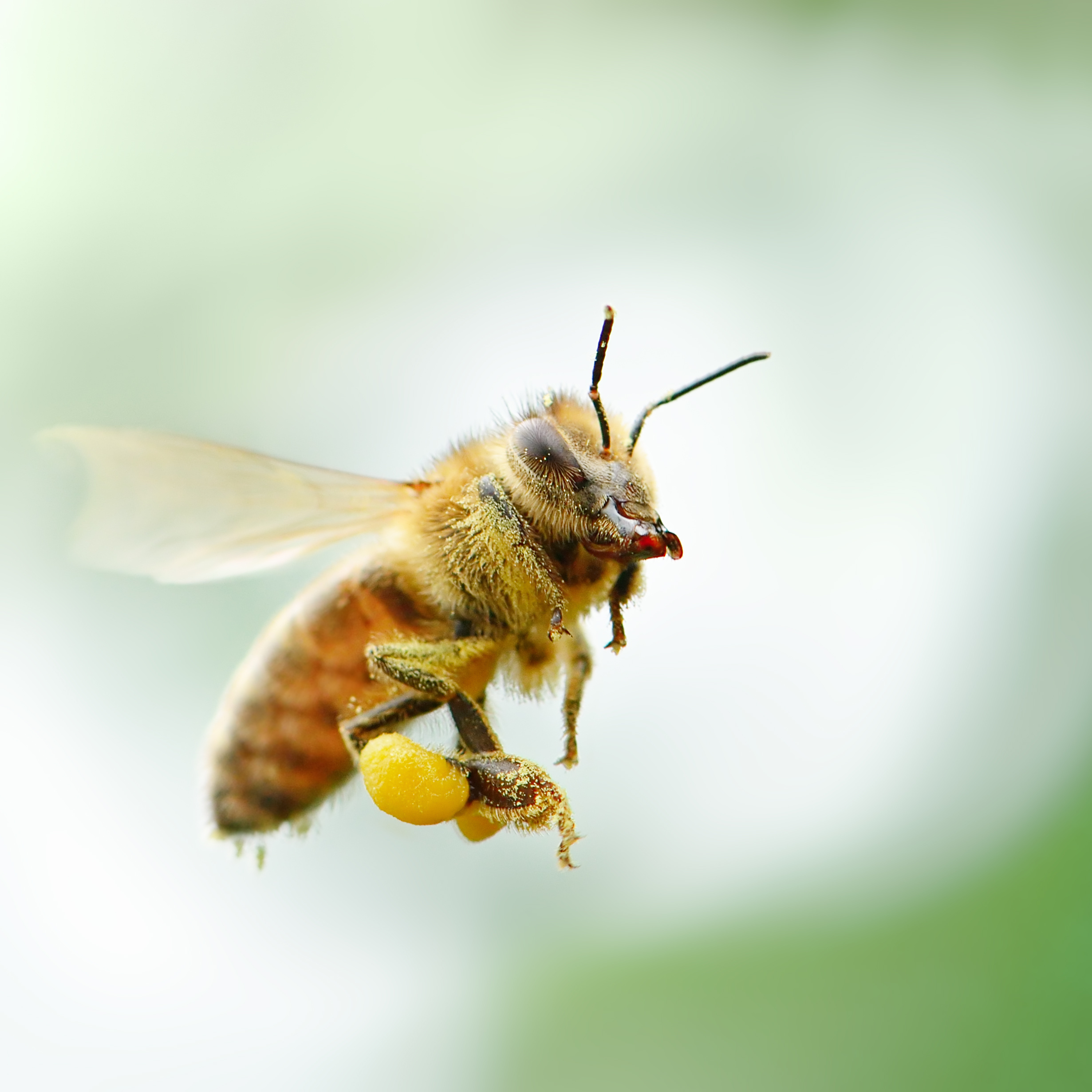A Beginner’s Guide to Honeybee Breeds
April 20, 2016
At some point in recent years, raising one’s own honeybee colonies became a popular hobby, in line with the “green trend” sweeping the nation and showcasing environmental awareness. And while many are getting into beekeeping, most people view honeybees as “just honeybees,” without knowing different breeds. Just like Angus and Holstein cows, border collies and Labradors, there are numerous kinds of honeybees with specific traits, good and bad, suited for certain tasks before others. So, before you buy colonies on a whim of excitement, it’s good to find out which breed is right for your purposes, and hopefully this beginner’s guide to honeybee breeds can help.
One of the most popular breeds in the US is the Italian honeybee, a subspecies of western honeybees. Typically a docile breed that doesn’t swarm, Italians excel at honey production with their ability to build up broods all season , which is why beekeepers prefer Italians for straight honey production. Their foraging abilities exceed other breeds, hence why they can produce large honey stores with their enthusiasm for honeycomb building. Also considered “excellent housekeepers,” some scientists believe this lends to disease resistance, though others argue they are in fact more susceptible. Other negatives include their often large broods at season’s end consuming large honey stores, which can lead to slow starts in spring. They also have a tendency to drift and “rob” weaker hives, which is why having nearby pollination gardens is recommended.
The second most popular US breed is the Carnolian, another western subspecies. Also considered docile, this breed tends to create wax about as equally as it produces honey or even more so. Making wax requires a lot of honey, leaving less available for harvesting, so preference for this breed will be based on your plans for the colonies. Other positives include a better sense of orientation and also the possibility to keep in populated areas. They are more adaptable to different environments, have a stronger resistance to cold winters, and are better at conserving honey stores. Some negatives include being more prone to swarming, having a low ability to thrive in hot weather, and their brood being more dependent on pollen.
There are less popular breeds—Russian, Caucasian, German, and Buckfast—and also crossbreeds or “mutt honeybees.” Crossbreeds are less about pure lineage and more about survival-of-the-fittest and which traits are most adaptable in the wild to whichever climate the colony resides in, making mutts even more adaptable than Carnolians. Crossbreeding can even happen in a beekeeper's managed colonies, given bees cannot possibly be fenced in or confined like other livestock.
Now, with all that to digest, hopefully the information here can help out a bit for those who wish to try beekeeping and raise their own honeybees. There is a lot to it and is nothing like getting a dog or a cat, but the experience is rewarding enough that the additional research and learning is well worth the effort.


.jpg)



